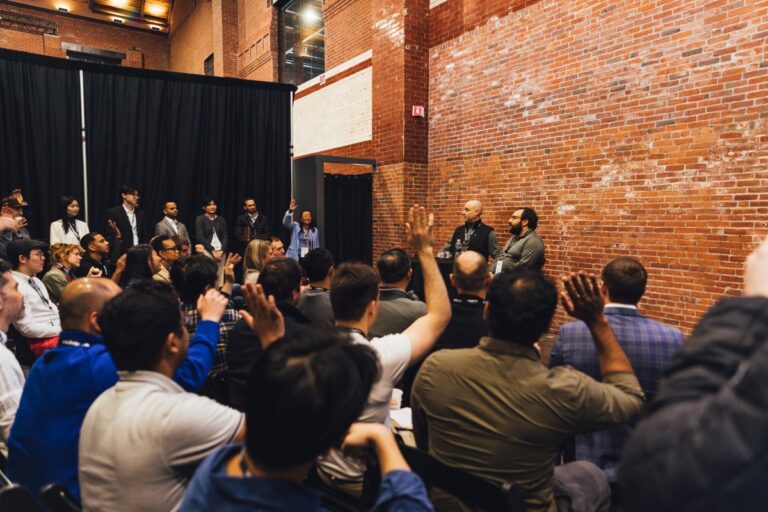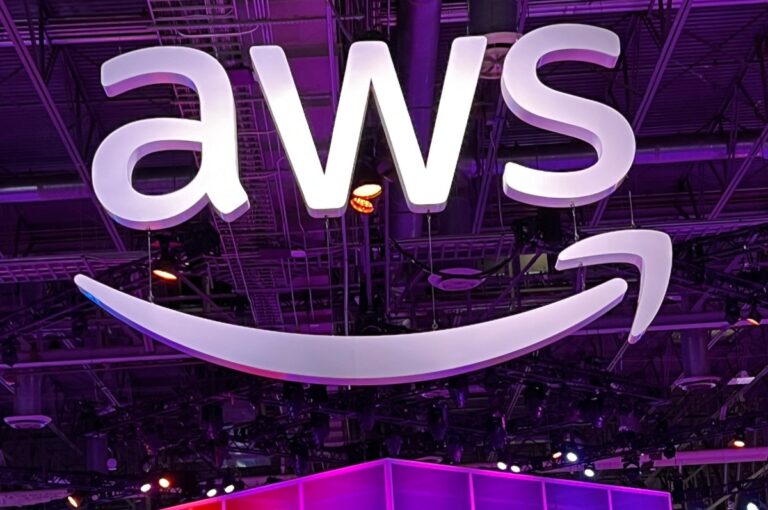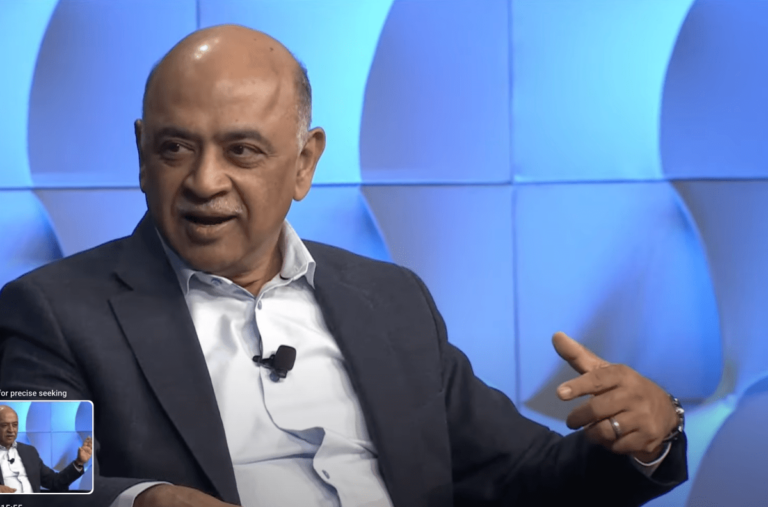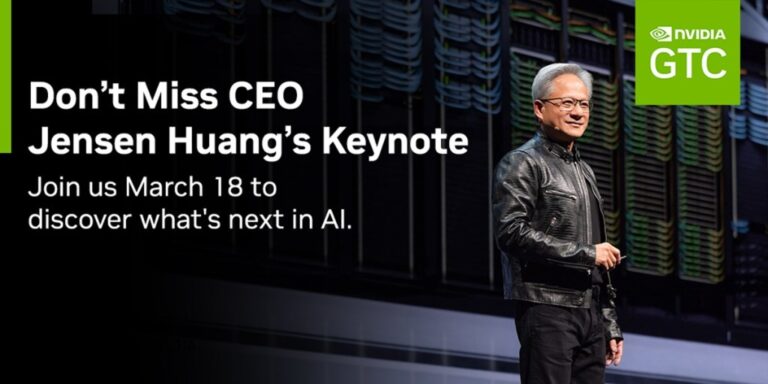Anjney Midha of Mistral and a16z: DeepSeek Can’t Satisfy AI’s Insatiable GPU Demand
DeepSeek is making waves in the AI industry with its innovative Coder V2 model, which has been compared to OpenAI’s GPT-4 Turbo for coding tasks. This impressive performance has positioned DeepSeek as a major player, especially with the launch of its new open-source reasoning model, R1. This article delves into the insights shared by Anjney “Anj” Midha, a general partner at Andreessen Horowitz and a board member of Mistral, about the evolving landscape of AI technology.
DeepSeek’s Remarkable Growth and R1 Model
Six months ago, Anj Midha recognized the potential of DeepSeek when it launched Coder V2. According to a released paper, Coder V2 has demonstrated performance that rivals that of established models like OpenAI’s GPT-4 Turbo. Midha emphasizes that DeepSeek’s trajectory includes regular releases of enhanced models, culminating in the introduction of R1. This new open-source model is redefining industry standards by delivering exceptional performance at a significantly reduced cost.
Shifts in AI Resource Management
Despite recent stock sell-offs from companies like Nvidia, Midha asserts that the demand for AI foundational models will continue unabated. He explains, “DeepSeek’s efficiency improvements will allow companies to maximize their compute power.” This means that organizations can achieve tenfold increases in output without needing to spend excessively on GPU resources.
Mistral’s Competitive Edge
While Mistral may not have raised as much capital as its competitors, such as OpenAI, it remains formidable in the open-source landscape. Midha argues that the open-source model allows for access to a pool of free technical labor, contrasting with closed-source competitors that must invest heavily in labor and resources.
- Open-source models: Provide free support from the community.
- Closed-source models: Require significant investment for development and maintenance.
Future Investments in AI
Facebook’s Llama, another significant open-source AI model, is expected to attract substantial investments. CEO Mark Zuckerberg announced plans to allocate hundreds of billions of dollars to AI, including $60 billion in capital expenditures focused on data centers.
The Demand for GPUs and a16z’s Oxygen Program
As the head of a16z’s Oxygen program, Midha has observed a dramatic increase in the demand for GPUs, particularly Nvidia’s H100s. The firm has proactively purchased GPUs to meet the needs of its portfolio companies. He humorously notes, “Oxygen is overbooked right now. I can’t allocate enough.” This insatiable demand is driven by the need for both training AI models and running existing AI applications.
Global Perspectives on AI Infrastructure
The launch of DeepSeek has sparked discussions among nations regarding AI as a foundational infrastructure similar to electricity and the internet. Midha advocates for “infrastructure independence,” encouraging Western nations to rely on AI models developed in their own regions to avoid potential issues with data governance and censorship.
Many companies have already taken precautions by blocking access to certain models from other regions, highlighting a growing preference for Western-developed AI solutions.
Conclusion: The Future of AI Development
As the AI landscape continues to evolve, the need for reliable and efficient models like DeepSeek becomes increasingly critical. With significant investments and innovations underway, the future of AI technology looks promising. For those with surplus GPU resources, Midha humorously requests, “If you have extra GPUs, please send them to Anj.”
For more insights into AI developments, consider subscribing to TechCrunch’s AI-focused newsletter to stay updated on the latest trends and news.







